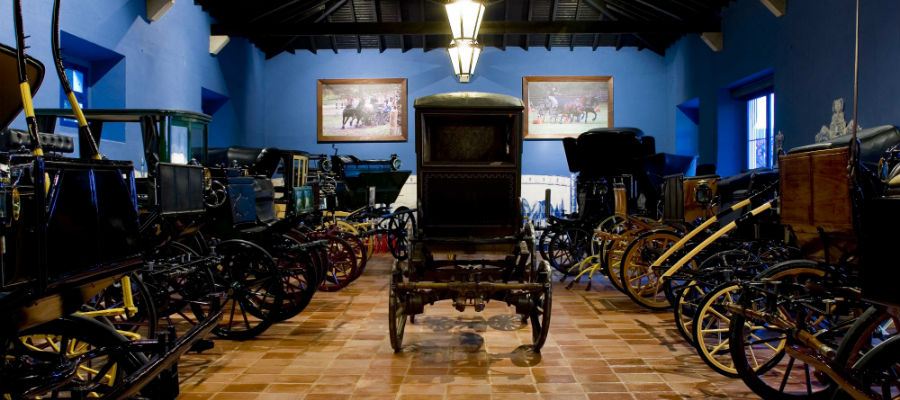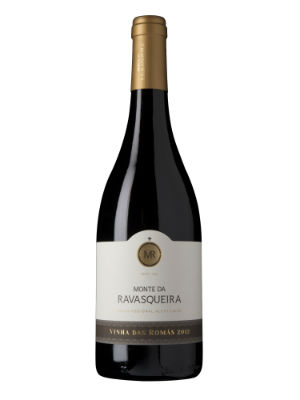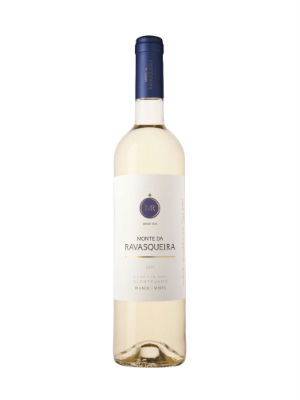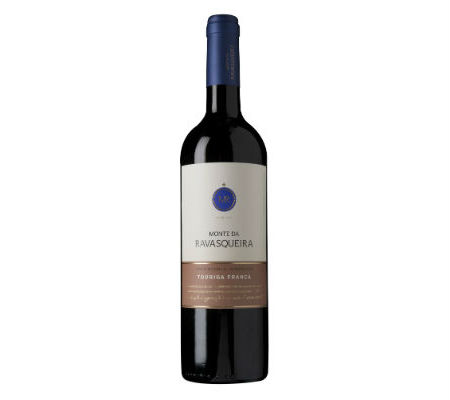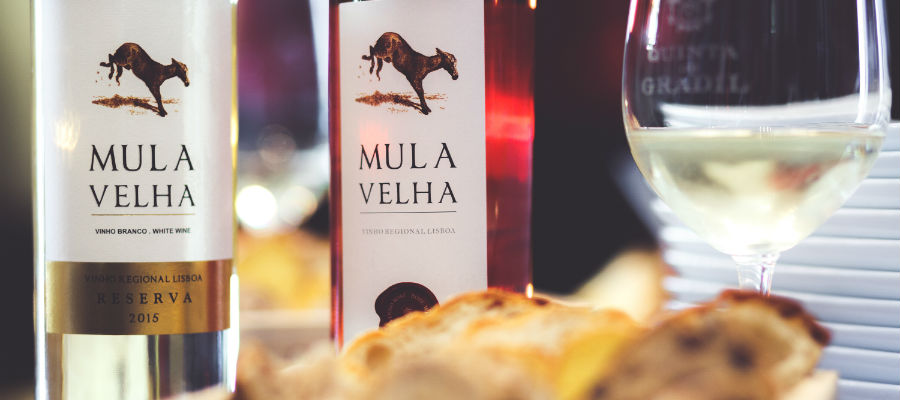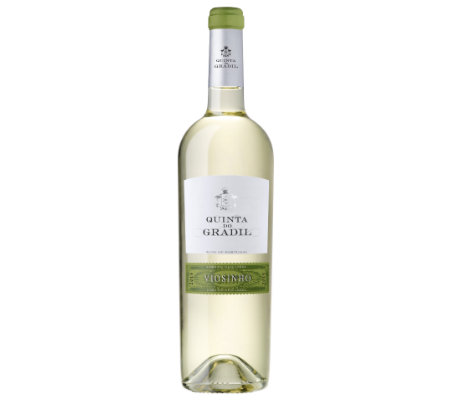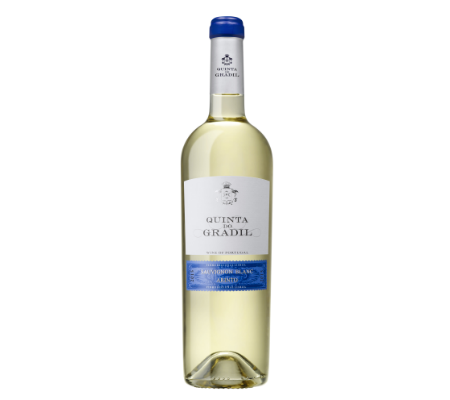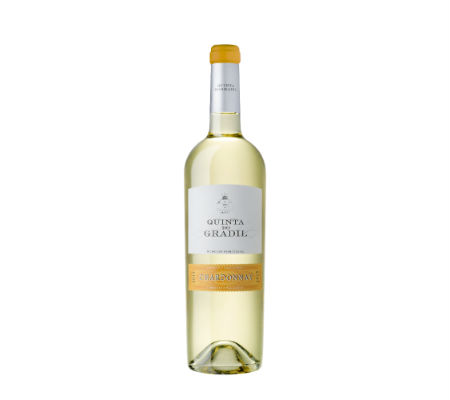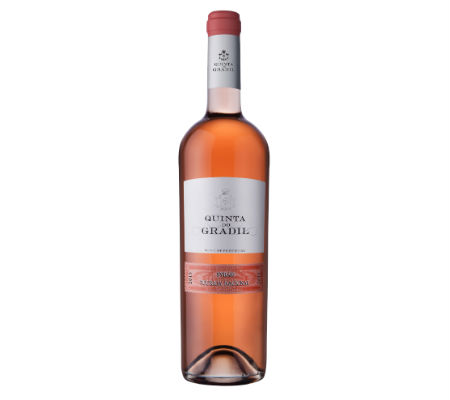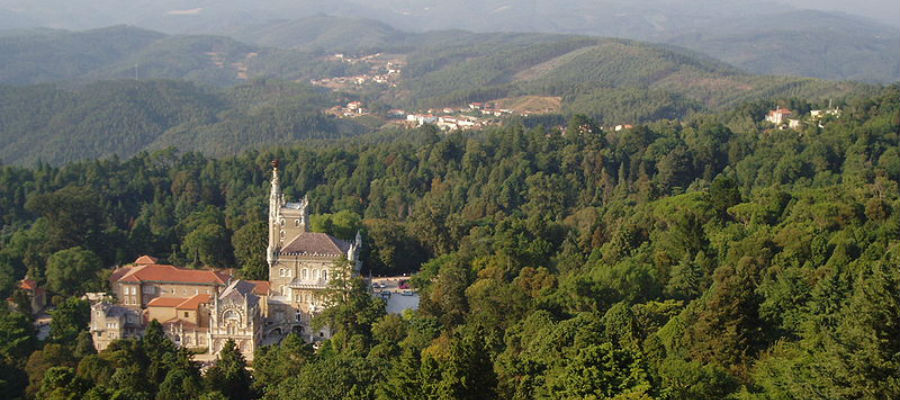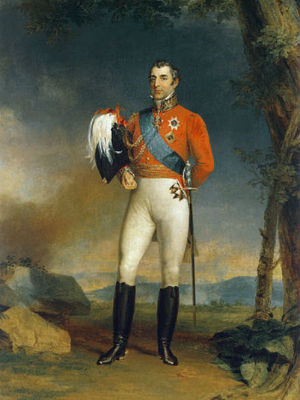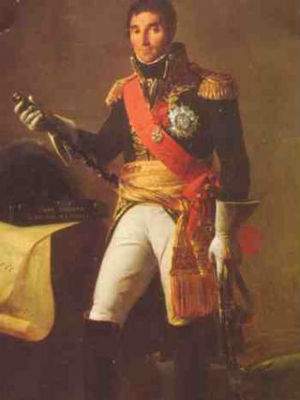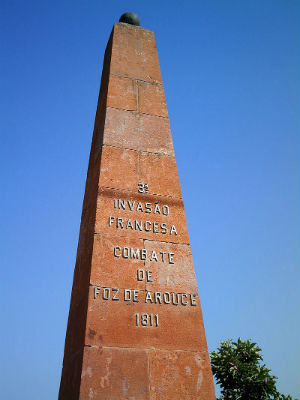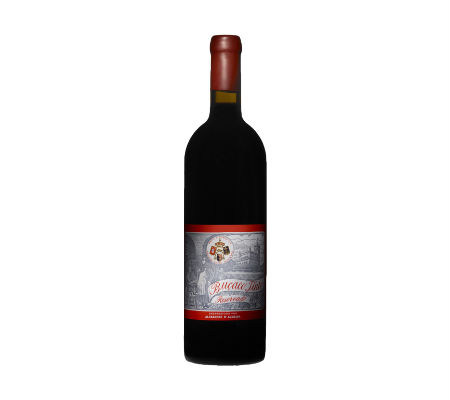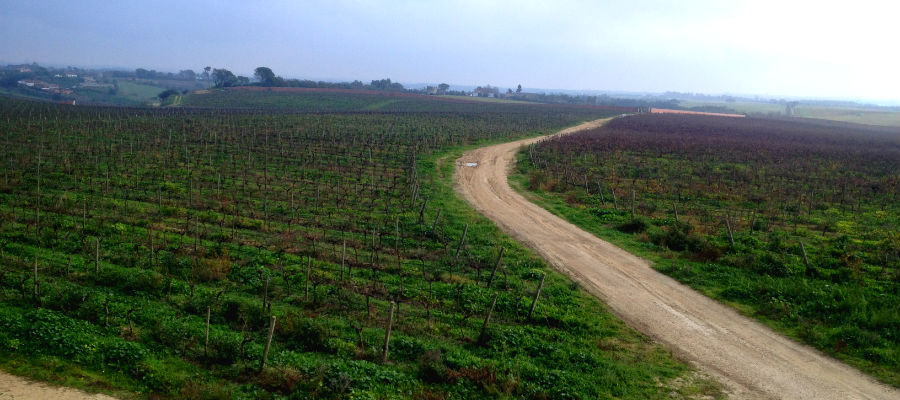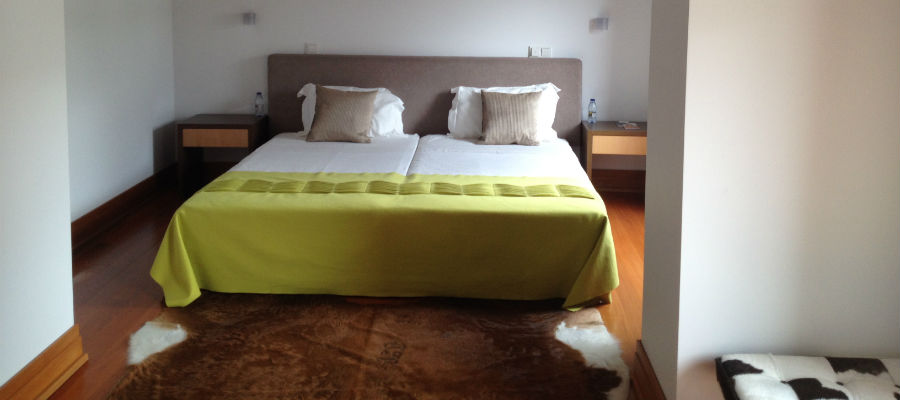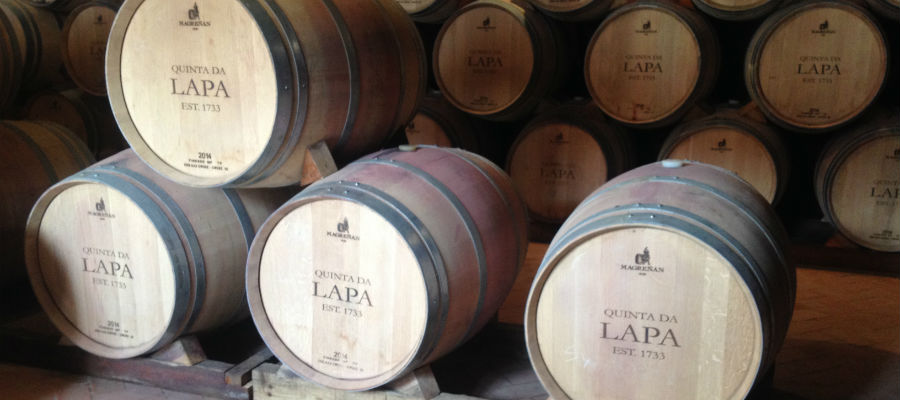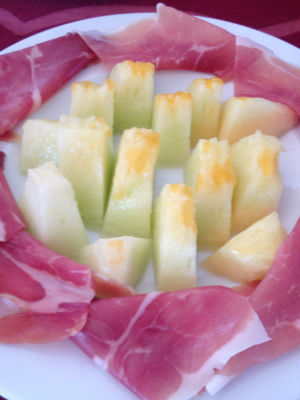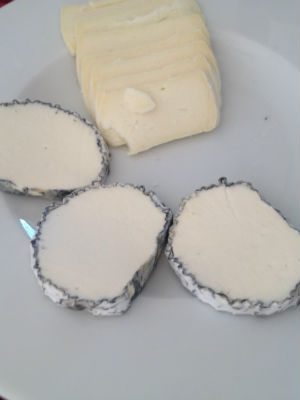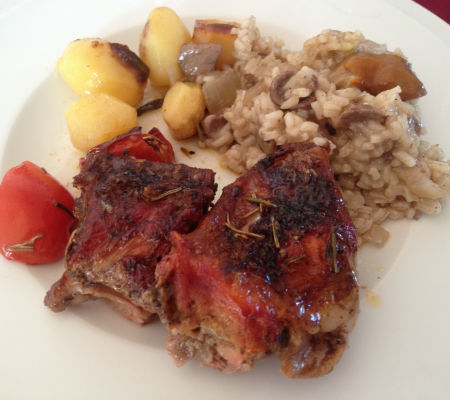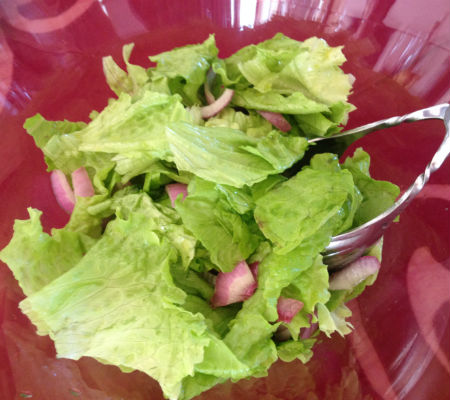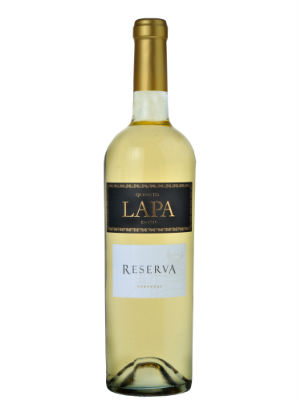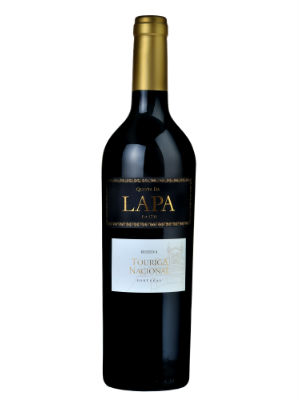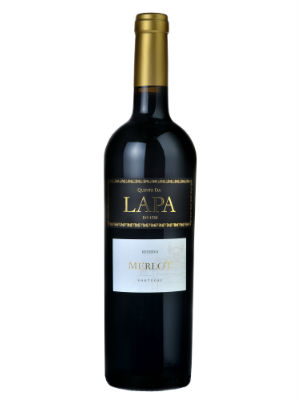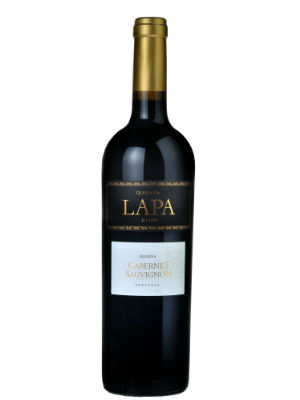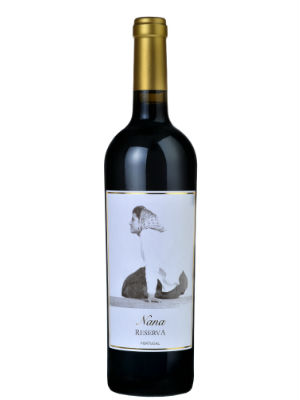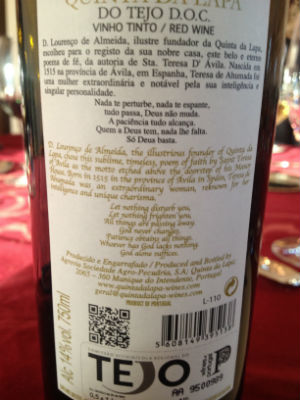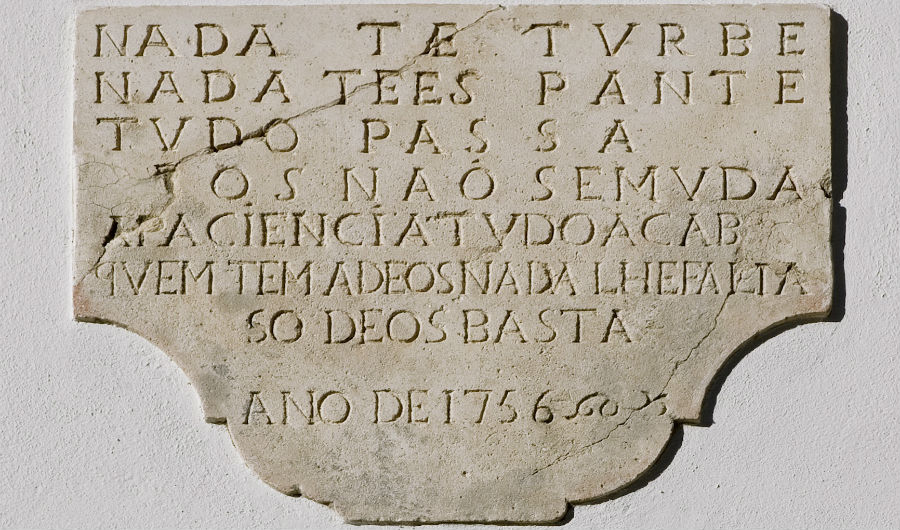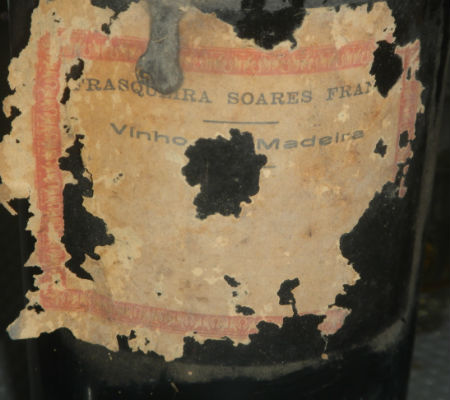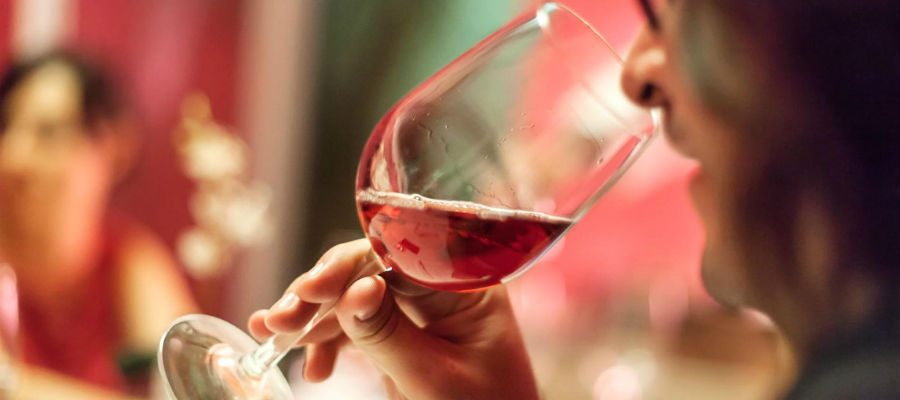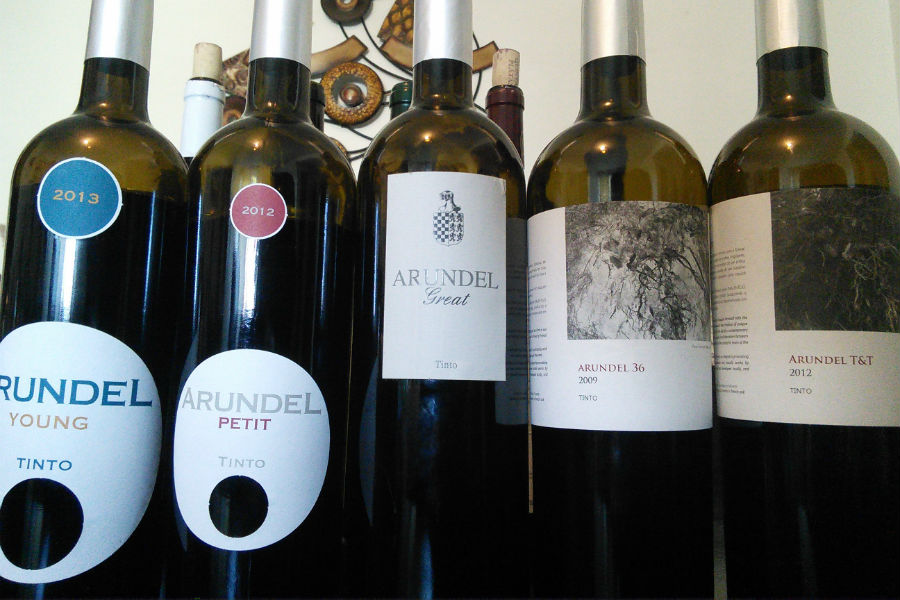Esporão – Monte Velho red 2015 and Quinta dos Murças Reserva 2011
Text João Barbosa | Translation Bruno Ferreira
The Alentejo and the Douro regions are two of the most renowned Portuguese wine regions. More than looking at the sales numbers, which can hide arguments about preferences, the live voice says a lot about the reasons of the choices.
Here, in these two regions, are produced wines easy to please, and that’s no motive for censorship … yes, as in almost everything, there are defenders that say that only the difficult, angular, complicated or eccentric things are good. So, for me, the easiness of liking is not synonymous of poor quality or pleasure incompatibility.
Companies exist to make profit, and naturally many firms produce in these two regions or at least market with their own brand wine that they purchase on one of them. The Esporão is one of the companies that advanced from the plains to the mountains.
The Esporão is a project of anticipation. Joaquim Bandeira realized the potential of the region, that at the time was very focused on cereal and cork production. José Roquette understood the vision and went with the idea.
Its foundation happened in 1972 and the venture would eventually be postponed due to the Reforma Agrária (Agrarian reform), Marxist-inspired, which took place after the 25 April 1974 revolution. After the revolutionary period and the entrance in the then European Economic Community (1986), came the calm period that allowed the economy to proceed smoothly.
The Herdade do Esporão in Reguengos de Monsaraz, was restored in 1979. The winery was only completed in 1985, the year in which the first wine was released, and whose label features a John Hogan painting.
Ever since that first wine that the firm illustrates each vintage with artistic works. The principle has been followed since the Quinta dos Murtas’ first edition, located in the Douro, where photography is the art chosen.
Art is not the Esporão’s sole eccentricity. The firm has adopted a sustainable agriculture policy, with recovery of watercourses, soils, flora and fauna – something that has also helped saving in pesticides.
Another madness was the new winery, built in the traditional mud system, which allows the building’s climate control without having to resort to demanding and costly refrigeration appliances.
Another oddity is the respect for the historical heritage, the preservation of a medieval tower, an arch and a Renaissance chapel, and the excavation of a vast archaeological area with remains of up to 3,000 years before Christ.
These crazy things – synonyms that I left unquoted for more creasing – are called respect and intelligence. Respect for nature and the ancestral wisdom and intelligence because they result in cost savings.
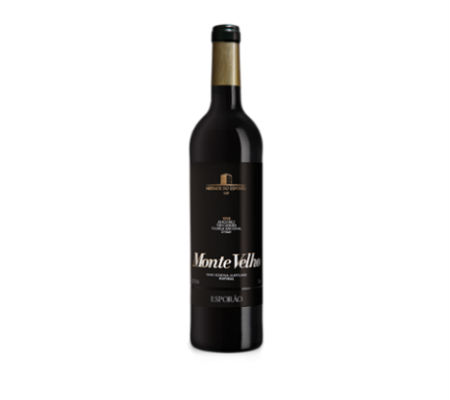
Monte Velho red 2015 – Photo Provided by Esporão | All Rights Reserved
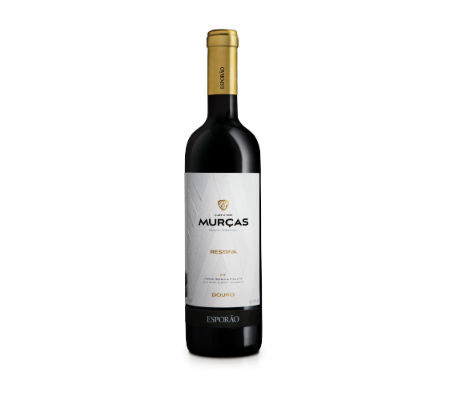
Quinta dos Murças Reserva 2011 – Photo Provided by Esporão | All Rights Reserved
Now that the company Esporão is presented, let’s advance to the two wines that justify this text. The Monte Velho red 2015 (Regional Alentejo) and Quinta dos Murças Reserva 2011 (Douro).
The Monte Velho red 2015 marks the 25th anniversary of the brand and the label is illustrated with a pattern of Alentejo traditional blankets. This wine was made with Aragonês, Trincadeira, Touriga nacional and Syrah grapes.
It is a wine to be drunk casually. It’s not a big wine, a nectar for special occasions. It can be classified as a safe bet, because vintage after vintage remains in a regular level of quality.
The Quinta dos Murças Reserva 2011 is more demanding. It’s a blend of Tinta Roriz, Tinta Amarela, Tinta Barroca, Touriga Nacional, Touriga Franca, Sousão and some more that the producer does not mention specifically. Grapes from vines with over 40 years. The fruit was foot treaded in granite lagares and in a vertical press. It aged one year in barrels of French and American oak.
It’s a nectar that shows the Douro and wants food to eat slowly. It’s from the 2011 vintage, a year of excellence in the country and in the region. To be drank before the arrival of the tremendous nights of heat of summer. Or wait for cooler times.
Contacts
Herdade do Esporão
Apartado 31,
7200-999
Reguengos de Monsaraz, Évora – Alentejo
Tel: (+351) 266 509 280
Fax: 351 266 519 753
Email: reservas@esporao.com
Website: www.esporao.com



